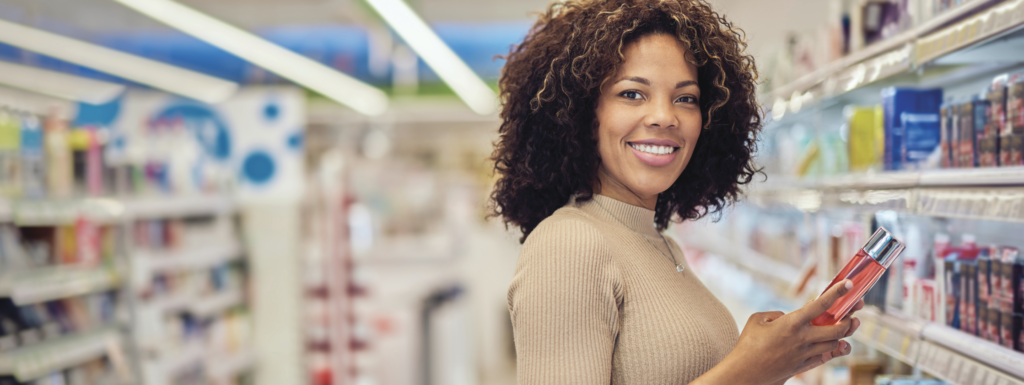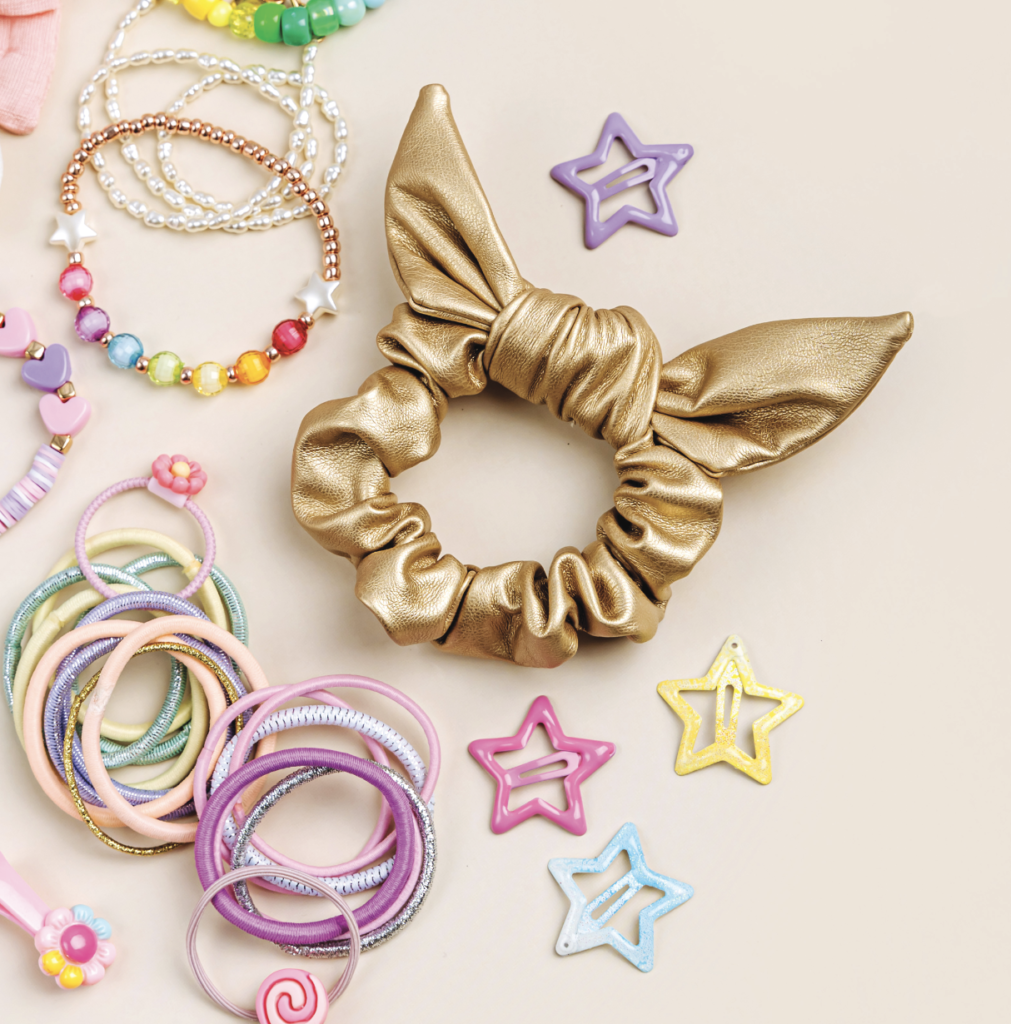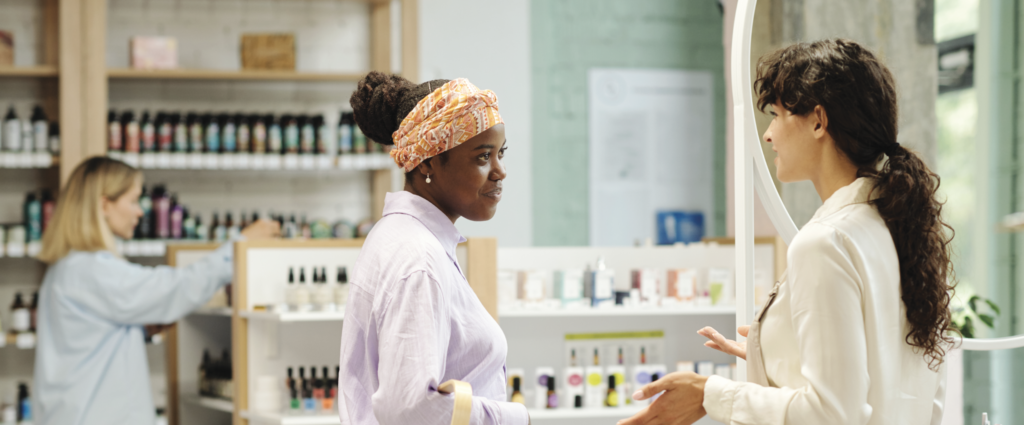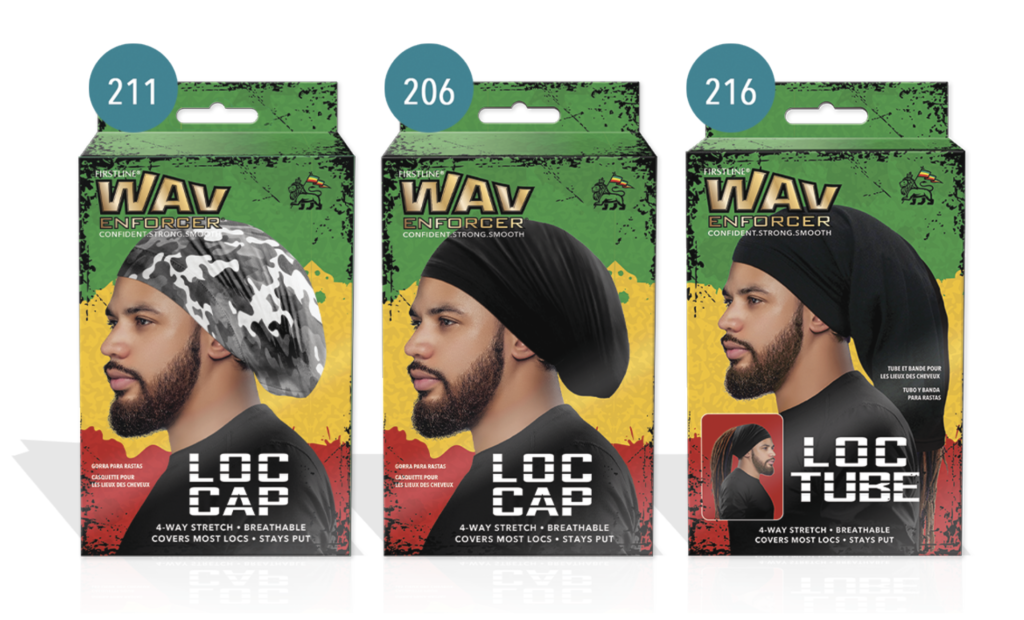Look into the Black consumer reports
Children’s products to boost beauty supply sales

A pessimistic prospect for the American economy looms. Many retail businesses saw a decrease in revenue over the year, and the business owners’ confidence in the economy keeps dwindling. Despite the economic downturn, however, an analysis of consumer behavior suggests that people are not reducing their spending in dollar amountsbut channeling money into something that holds more value.
According to the research and analysis firm Nielsen, purchasing power of Black Americans in 2019 reached 140 billion dollars, and the analysis of their personal spending revealed that they spent money on various categories of goods including hair and beauty, personal care, media, children’s goods, and electronics. Especially, the average Black consumer spent over 9 times the average consumer’s spending for hair and beauty products.
American corporations up the investment in the Black consumers
The top business strategy consulting firm McKinsey & Co. predicted that Black purchasing power would drastically increase over the coming decade. Specifically, the gross spending would increase from 900 billion dollars to 1.7 trillion dollars by 2030.
The gross spending of American consumers totals 6.213 trillion dollars, so Black Americans attribute to 14.5% of the total spending, which is a slightly higher percentage than the share of the Black population in the general population. Thus, the marketing strategy targeting Black consumers is of utmost importance.
Target announced a plan to spend 2 billion dollars on Black-owned businesses through 2025, and you can anticipate aggressive investment on the Black market by many similar companies to follow. The black population has shown 89% growth over the years from 2010 to 2020, and the average age is 33, which is 5.8 years younger than the average age (38.8) of Americans. This explains why many corporations in America roll out marketing campaigns targeting the young Black consumer.
The black consumer has higher repeat purchase rates for children’s items and electronics

According to a research report on Black consumer behavior, more than 29% of adults use banks and other financial services. About half of their yearly spending goes to housing, transportation, and utilities, and the outstanding spending categories include children’s products, in which Black consumers spent about 28% more than any other ethnic group.
They also showed sizable spending on electronics, which means Black consumers has a higher interest in tech than the average American. 41% of Black consumers said they plan to purchase goods online, and you would expect they enjoy shopping via mobile apps.
In view of the statistics, how would you make plans as a retail business owner? If you apply the consumption pattern to beauty supply stores, you will consider raising the gross revenue by carrying a variety of children’s goods. If you are too burdened to create a store website, you can use social media including Instagram and Facebook for store promotions.
Black consumers spend over 9 times more on hair and beauty
The typical Black consumer spends more money on beauty and hair care than any other ethnic group. Companies and shop owners in the beauty industry should carefully listen to what they want and quickly respond to their demands.
A great way to stay tuned to the beauty consumption trend among Black consumers is using video streaming platforms including YouTube and TikTok. On average, Black consumers download mobile apps over 44% more than average consumers, and they spend over 36% more time on the apps.
Corporations and retail businesses should consider that mobile apps have rooted deeply in Black consumers’ lives. You should listen to their demands and pay attention to the trends for hairstyles and products, especially those used by Black influencers, to understand and stay up to date with the trend. You should also watchvideos to familiarize yourself with the terms used and learn how-to related to hair and beauty techniques and hacks.
Still booming Black beauty market
As briefly mentioned above, the Black beauty industry is a top industry with a positive outlook. It occupies 22.5% of the American personal care products market, and it still has a large growth potential.
Black women spend a lot of time and money on their beauty, and they contribute to 64% of women-owned businesses in America. Black women’s influence in the industry is ever-growing.
According to research, the Black natural hair care market is expected to grow 8.2% a year until 2026. Based on these findings, the Black beauty industry and retail business should carry a variety of natural hair care products for African Americans and gain expert knowledge to help Black consumers to find products that work for them.
Employee’s product knowledge directly leads to the purchase

According to research conducted by McKinsey, many Black consumers complain about retail employees who lack knowledge of Black beauty products. Only 23% of the respondents said employees could talk about Black beauty brands and products and 13% said employees possessed adequate product knowledge to assist them with choosing products. This implies that structured education for employees regarding Black consumer demand and interest and professional advice may play an important role for consumers to make purchases.
Especially, Black consumers show dissatisfaction about color cosmetics 5.7 times more frequently than White consumers and 2.9 times for skin care products, and 1.6 times for hair care products. This shows that Black women are pickier when it comes to hair and skin products, requiring professional advice for satisfactory purchases.
Black consumers prefer Black-owned brands

Firstline의 Wavenforcer Loc Caps & Tube
4-way stretch design to cover and protect
57% of Black respondents said they would intentionally recommend Black-owned brands. And 83% said they prefer to purchase from Black-owned brands. In the past ten years, Black-owned beauty brands doubled in number, providing a wider range of choices for consumers.
However, most beauty supplies do not carry a full range of Black-owned beauty brands. Most Black-owned brands sell online through social media, and the brands sold in beauty supply stores are only less than 7% Black-owned. With respect to the shortfall, you can actively search how to make the Black-owned brand products available at retail stores and boost sales revenue through them.